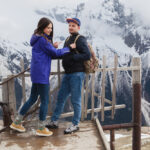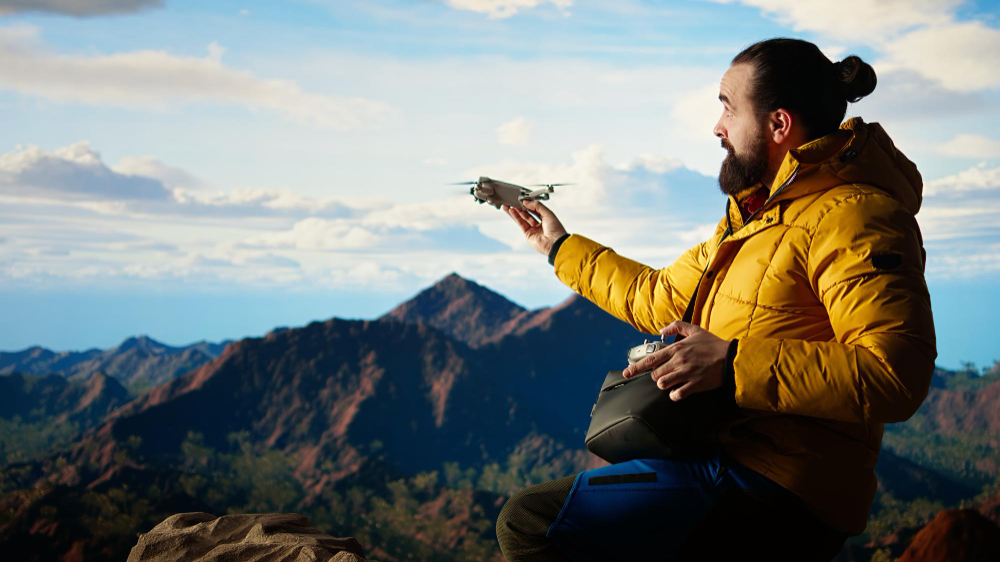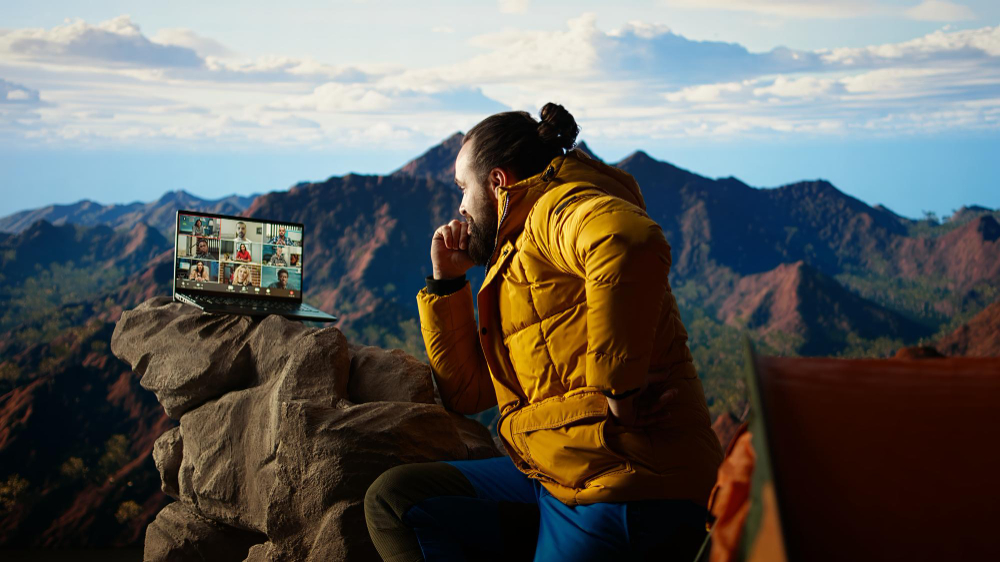How to Prepare for High-Altitude Trekking: Pro Tips & Training
SEO Title: How to Prepare for High-Altitude Trekking: 10 Pro Tips & Training Secrets
Meta Description: Learn how to prepare for high-altitude trekking with expert training, nutrition, and acclimatization tips. Build endurance, avoid altitude sickness, and trek safely.
Introduction: The Challenge and Reward of High-Altitude Trekking
High-altitude trekking is one of the most exhilarating yet demanding adventures you can embark on. Whether it’s summiting Kilimanjaro or hiking to Everest Base Camp, trekking at elevation tests not just your body, but your mind and spirit.
At higher altitudes, the air gets thinner, oxygen levels drop, and your body must adapt to new physical stresses. But with the right training, preparation, and mindset, you can safely conquer even the world’s tallest trails.
This guide breaks down how to prepare for high-altitude trekking with pro-level fitness routines, acclimatization strategies, and safety tips to help you thrive at any elevation.
Understanding High-Altitude Trekking
What Qualifies as High Altitude
- High altitude: 8,000–12,000 ft (2,400–3,700 m)
- Very high altitude: 12,000–18,000 ft (3,700–5,500 m)
- Extreme altitude: Above 18,000 ft (5,500 m)
Treks like Everest Base Camp (17,598 ft) or K2 Base Camp (16,896 ft) fall under very high-altitude conditions — meaning preparation is essential.
Why Altitude Affects the Body
At elevation, oxygen saturation drops significantly, making your heart and lungs work harder. This can cause fatigue, dizziness, nausea, and in severe cases, Acute Mountain Sickness (AMS). Proper training helps your body adapt and perform efficiently under these conditions.
Physical Preparation for High-Altitude Treks
Building Cardiovascular Endurance
Cardio is the foundation of high-altitude fitness. It strengthens your lungs and heart to handle reduced oxygen levels.
Recommended cardio workouts:
- Running or jogging (3–4 times/week)
- Stair climbing or hill sprints
- Cycling and swimming
- Hiking with a weighted backpack
Strength and Core Training for Trekkers
Strong legs and core muscles prevent fatigue and injury during steep climbs.
Focus on:
- Legs: Squats, lunges, step-ups, calf raises
- Core: Planks, mountain climbers, leg raises
- Upper body: Push-ups and resistance training (for carrying packs)
Flexibility and Balance Exercises
Add yoga or stretching sessions to improve flexibility and prevent muscle strain. Balance exercises help you maintain stability on uneven terrain.
Sample 8-Week Pre-Trek Fitness Plan
| Week | Focus | Example Routine |
|---|---|---|
| 1–2 | Base Building | Light jogging + core workouts |
| 3–4 | Strength | Hill sprints + leg training |
| 5–6 | Endurance | Long hikes (4–6 hrs) with backpack |
| 7–8 | Simulation | Practice trekking at local high elevations |
Acclimatization: The Key to Altitude Success
How to Acclimatize Safely
Acclimatization allows your body to adjust gradually to reduced oxygen.
- Ascend slowly: Don’t increase sleeping altitude by more than 1,000 ft per day after 10,000 ft.
- Take rest days: Every 3–4 days, rest to let your body adapt.
- Climb high, sleep low: Trek higher during the day but return to a lower altitude to sleep.
Common Symptoms of Altitude Sickness
- Headache
- Nausea
- Loss of appetite
- Shortness of breath
- Dizziness
Preventing and Managing AMS (Acute Mountain Sickness)
- Stay hydrated.
- Avoid alcohol and smoking.
- Use Diamox (acetazolamide) if prescribed.
- Descend immediately if symptoms worsen.
Nutrition and Hydration for High-Altitude Treks
Foods That Boost Stamina and Recovery
Eat a balanced diet rich in complex carbs, proteins, and healthy fats.
- Before trek: Focus on whole grains, fruits, and lean proteins.
- During trek: Carry nuts, energy bars, dried fruits, and chocolate.
Hydration Strategies to Prevent Dehydration
Drink 3–4 liters of water daily. Use electrolyte tablets to replace lost salts and prevent fatigue.
Avoiding Alcohol and Caffeine Before and During Treks
Both dehydrate the body and can worsen altitude sickness symptoms. Stick to herbal teas or plain water.
Essential Gear for High-Altitude Expeditions
Choosing the Right Footwear and Clothing Layers
- Waterproof trekking boots with ankle support
- Moisture-wicking base layers
- Insulated mid-layers
- Windproof and waterproof outer shell
Trekking Poles, Oxygen Systems, and Other Gear
- Adjustable trekking poles reduce knee strain.
- Portable oxygen cans or cylinders for emergency use.
- A headlamp, thermal gloves, and UV-protected sunglasses are must-haves.
Safety and Emergency Equipment Checklist
- Personal first-aid kit
- Satellite phone or GPS tracker
- Extra batteries and a whistle
- Compact sleeping bag rated for cold weather
Mental Preparation: Training the Mind for the Mountains
Building Mental Resilience and Focus
High-altitude trekking is as much mental as physical. Expect discomfort, fatigue, and unpredictability — then train your mind to stay calm and positive.
Staying Positive in Challenging Conditions
Visualize success before your trek. Remember: every tough climb leads to breathtaking views and deep self-pride.
Pre-Departure Health Checks and Precautions
Vaccinations and Medical Clearance
Visit your doctor 4–6 weeks before departure. Ensure you’re up to date on vaccines like tetanus, hepatitis A/B, and typhoid.
Medications and First Aid Essentials
- Painkillers (ibuprofen/paracetamol)
- Diamox for altitude adjustment
- Rehydration salts
- Bandages and antiseptics
Top Destinations for High-Altitude Treks Worldwide
Everest Base Camp (Nepal)
A bucket-list trek that tests endurance and offers views of the world’s tallest peak.
Kilimanjaro (Tanzania)
Africa’s highest mountain — no technical climbing required, but altitude acclimatization is critical.
K2 Base Camp (Pakistan)
A wild and rugged trek through the Karakoram, offering unmatched beauty and isolation.
Annapurna Circuit (Nepal)
A classic route combining villages, valleys, and stunning high passes.
FAQs About High-Altitude Trekking Preparation
Q1. How long should I train before a high-altitude trek?
At least 8–12 weeks of consistent physical and mental training is recommended.
Q2. How can I prevent altitude sickness?
Ascend gradually, hydrate, rest properly, and consult your doctor about preventive medication.
Q3. Can beginners do high-altitude treks?
Yes, but start with moderate treks like Annapurna Base Camp or Kilimanjaro before attempting extreme routes.
Q4. What’s the best way to prepare mentally?
Practice patience, meditation, and focus on small daily goals rather than the peak.
Q5. Should I hire a guide?
Yes — local guides enhance safety, navigation, and cultural experience.
Q6. What’s a safe maximum altitude for beginners?
Stay below 15,000 ft (4,500 m) unless you’ve trained and acclimatized properly.
Conclusion: Conquer the Heights with Confidence
Preparing for high-altitude trekking isn’t just about physical endurance — it’s about strategy, discipline, and mindset. Every hour you spend training and learning increases your safety, stamina, and enjoyment on the trail.
Remember: the mountain doesn’t demand perfection — it rewards preparation.
Train smart, listen to your body, and trek with respect for the altitude. The summit will be your proof of strength, patience, and passion. 🏔️💪
External Source:
Read more expert advice from National Geographic Adventure Training Guides.










